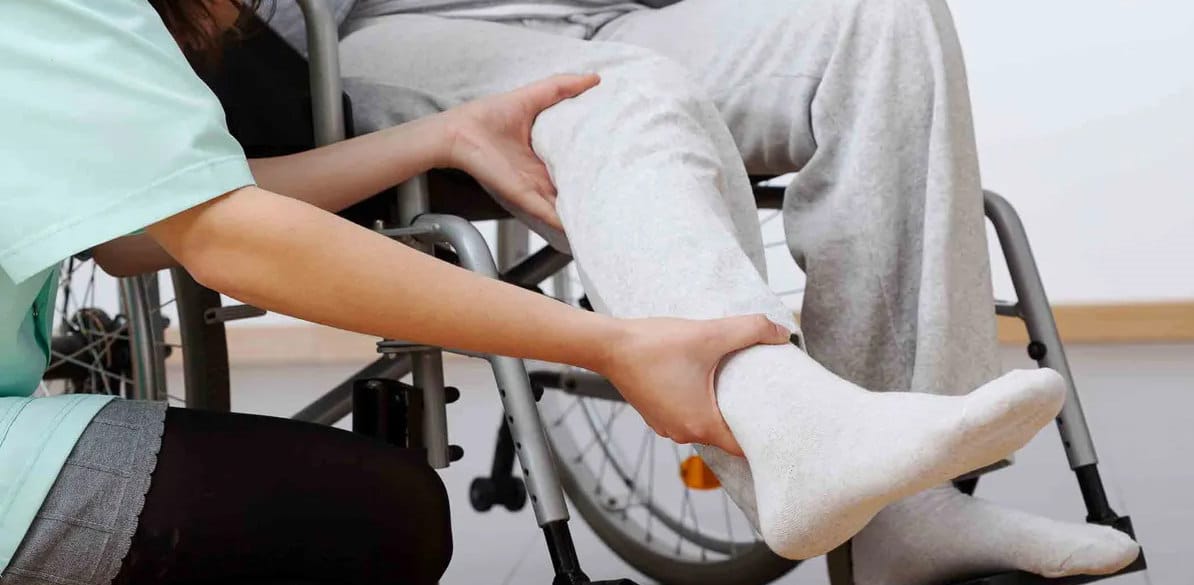Demyelinating and motor neuron diseases, and their impact in driving

Demyelinating diseases
Demyelinization is characteristic of many neurological disorders, and can occur due to local injuries, ischemia, toxic substances, or metabolic disorders.
Multiple sclerosis is the most important primary demyelinating disease.
- Multiple sclerosis: It is a slowly progressive CNS disease characterized by disseminated areas of demyelinization in the brain and the spinal cord, causing multiple and varied neurological signs and symptoms, usually with remissions and exacerbations. It usually starts between 20 and 30 years of age, and affects approximately 450,000 people in Europe and nearly 2.5 million in the world. The onset is usually insidious, with paresthesia in one or more limbs, in the trunk, or in a side of the face, weakness of a leg or a hand, visual disturbances such as partial blindness, ocular pain, diplopia, blurred vision, or scotomas, due to retrobulbar neuritis.
Other initial symptoms are transient eye paralysis, mild stiffness, excessive fatigue of an extremity, minor gait and coordination disorders, difficult in bladder control, dizziness, and emotional disorders. The affectation of the brain trunk can cause diplopia, nystagmus, pain, weakness, and numbness of the face. The problems of coordination, ataxia, tremor, and dysarthria guide to cerebellar involvement.
Excess of heat, fatigue, stress, and exercise can aggravate the symptoms.
The episodes of focal neurological dysfunction last several weeks, with variable recovery.
The evolution is very different ranging from sporadic to frequent episodes that lead rapidly to disability, or cases where the disease is fatal in one year.
The patient should fulfill a life as normal and active as possible, avoiding excess work and fatigue.
Physiotherapy helps patients to feel more comfortable.
Infections and urinary difficulties should be treated immediately. There is no specific treatment. Early intervention and an appropriate management of the disease can achieve that the patients enjoy a full, active life, including driving.
Therapy with corticoids and drugs reducing spasticity are indicated selectively. The side effects can worsen the muscle weakness and cause somnolence.
Advice on multiple sclerosis
- Progressive demyelinating diseases with frequent episodes are disabling for driving.
- The cases associated with sporadic episodes permit driving between the episodes, if the physician assessing the clinical condition of the patient reports favorably for it.
- In all cases it is recommended to do short travels with the car, as fatigue and tiredness potentiate the symptoms.
- After the remission of an episode with focal neurological dysfunction, it is important to carry out a new neurological assessment of the patient to detect permanent sequels, that limit the ability to drive.
- In the necessary cases, the physician will advise against driving.
- If there is the possibility of adapting the car to the disability of the patient, a complete medical report will be provided on the clinical condition of the patient that enables to perform the adaptation, as legally established.
Motor neuron diseases
- Amyotrophic lateral sclerosis (ALS): It is characterized by a progressive degeneration of the corticospinal paths and/or the cells of the anterior horn and/or the bulbar motor nuclei.
About 5,000 Spaniards suffer amyotrophic lateral sclerosis (ALS). It is a neurological disease that affects the motor system paralyzing without remission all body muscles until they become inert.
Its incidence is estimated to be around 2%, with some 800 new diagnosed cases every year, in accordance with the data of the Spanish Association of ALS (ADELA).
ALS is evidenced as weakness and muscle atrophy, often starting in the hands, and less frequently in the feet.
Spasms are frequent and can precede the weakness, the spasticity, and muscular fasciculations. Dysarthria and dysphagia can also occur. Progressive muscular atrophy is a variant of more benign evolution, where the involvement of the cells in the anterior horn surpasses the corticospinal.
The atrophy and weakness start in the hands, progress toward the arms, the shoulders, and the legs, and finally are generalized. - Chronic spinal muscle atrophy (SMA): The weakness and atrophy are more evident in the legs, starting in the quadriceps and the hip flexors, though later the arms are also affected. The weakness often progresses from the proximal to distal areas.
There is no specific treatment for the motor neuron disease.
Physiotherapy can help maintain muscle function, and local care and orthopedics are useful to reduce the deformitie
Advice on amyotrophic lateral sclerosis and chronic spinal muscular atrophy
- Motor neuron diseases characterized by weakness and muscle atrophy are progressive and disabling for driving.
- The physician will advise against driving and will report of this to the patient and his relatives.
